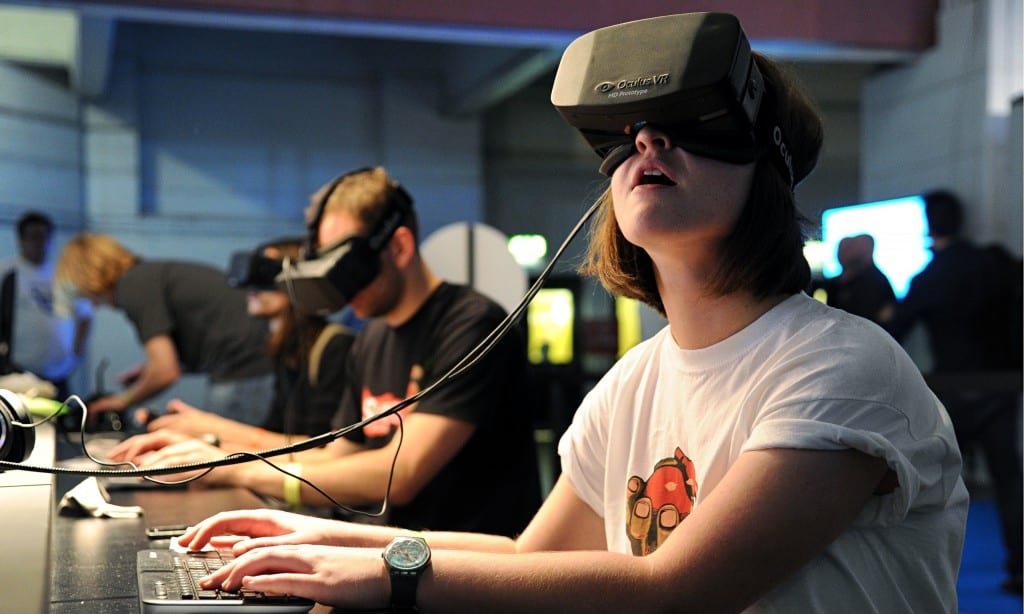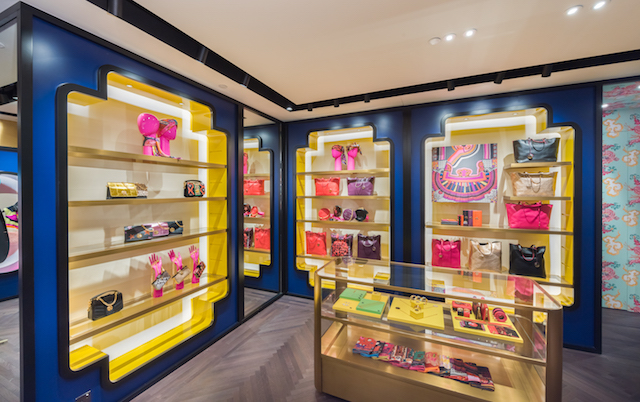Education, healthcare, discrete manufacturing, process manufacturing, and professional services are the highest spending industries, and will dominate over the forecast period. These five industries registered 65% of 2022 spending for commercial use cases among the 19 industries covered by IDC. Training emerged as one of the top three investment priorities for four out of five industries listed above. Collaboration is gaining incremental impetus, with education, discrete manufacturing, and professional services being the forerunners in adopting AR/VR technologies.
“Customer agility is one of the primary aspects driving investment in AR/VR technology. It helps in improving the customer journey by offering an immersive experience,” says Abhik Sarkar, Market Analyst at IDC Asia/Pacific IT Spending Guides, Customer Insights & Analysis.
The top five use cases captured nearly 60% of the total 2022 investment. Training captured the largest revenue share in 2022 and grew by 44.7% from 2021. With collaboration, it will capture a spending share of 30.1% in 2022. For the enterprise VR users, metaverse will act as a collaborative space for partners, employees, and customers. VR gaming is the most significant contributor to the consumer industry owing to users’ immersive and enhanced gaming experience.
Investments in VR contributed to around 66% of the total market in 2022. It is driven primarily by the growth of consumer market adoption of virtual reality games. Spending on VR training and collaboration will also lead to VR technology investments during the forecast period. As far as AR is concerned, training, retail showcasing, and industrial maintenance will lead to increased investments. In both the reality types, hardware showcases maximum investment in 2022 followed by software, and services. This trend is expected to stay the same over the forecast with hardware growing at a CAGR of 48.1%, software at 47.1%, and services at 20.8%.










